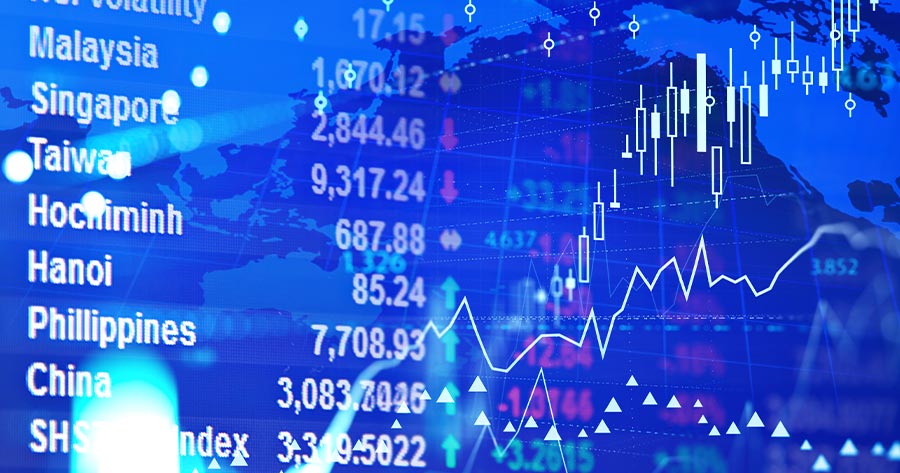On Monday morning (21 July, 9:13 AM, GMT+7, Bangkok time), major indices in Asia Pacific exhibited an upward trend amid a decision from China’s central bank to leave its key lending rates unchanged for both the one-year and five-year terms at 3.0% and 3.5%, respectively.
The decision follows second-quarter GDP data, which showed 5.2% annual growth—slower than the previous quarter’s 5.4%, but ahead of economists’ expectation at 5.1%.
Furthermore, traders also kept a close watch on global trade dynamics after Washington renewed its stance on tariffs. U.S. Commerce Secretary Howard Lutnick reaffirmed that August 1 remains the “hard deadline” for nations to begin paying with tariffs, though he noted discussions could still be held after that deadline.
Meanwhile, markets in Japan were closed for the Marine Day public holiday.
South Korea’s KOSPI surged by 0.52% to 3,204.68, while Australia’s ASX 200 slumped by 1.08% to 8,662.6.
As for stocks in China, Shanghai’s SSEC rose by 0.45% to 3,550.35. Hong Kong’s HSI grew by 0.54% to 24,959.18, and Shenzhen’s SZI increased by 0.43% to 10,961.18.
The U.S. stock markets were mixed on Friday as the Dow Jones Industrial Average (DJIA) dropped by 0.32% to 44,342.19. S&P 500 dipped by 0.01% to 6,296.79, while NASDAQ climbed by 0.05% to 20,895.66. VIX contracted by 0.67% to 16.41.
As for commodities, oil prices settled lower on Friday as traders weighed mixed signals from the U.S. economy and tariff developments, alongside fresh concerns over supply disruptions after the EU introduced new sanctions on Russia amidst the ongoing conflict in Ukraine. Brent futures declined 24 cents or 0.3% to $69.28 a barrel, and the West Texas Intermediate (WTI) slid 20 cents or 0.3% to $67.34 per barrel.
This morning, Brent futures added 3 cents or 0.04% to $69.31 a barrel, and the WTI futures gained 11 cents or 0.16% to $67.45 per barrel.
Meanwhile, gold futures edged up by 0.13% to $3,362.6 per Troy ounce.




